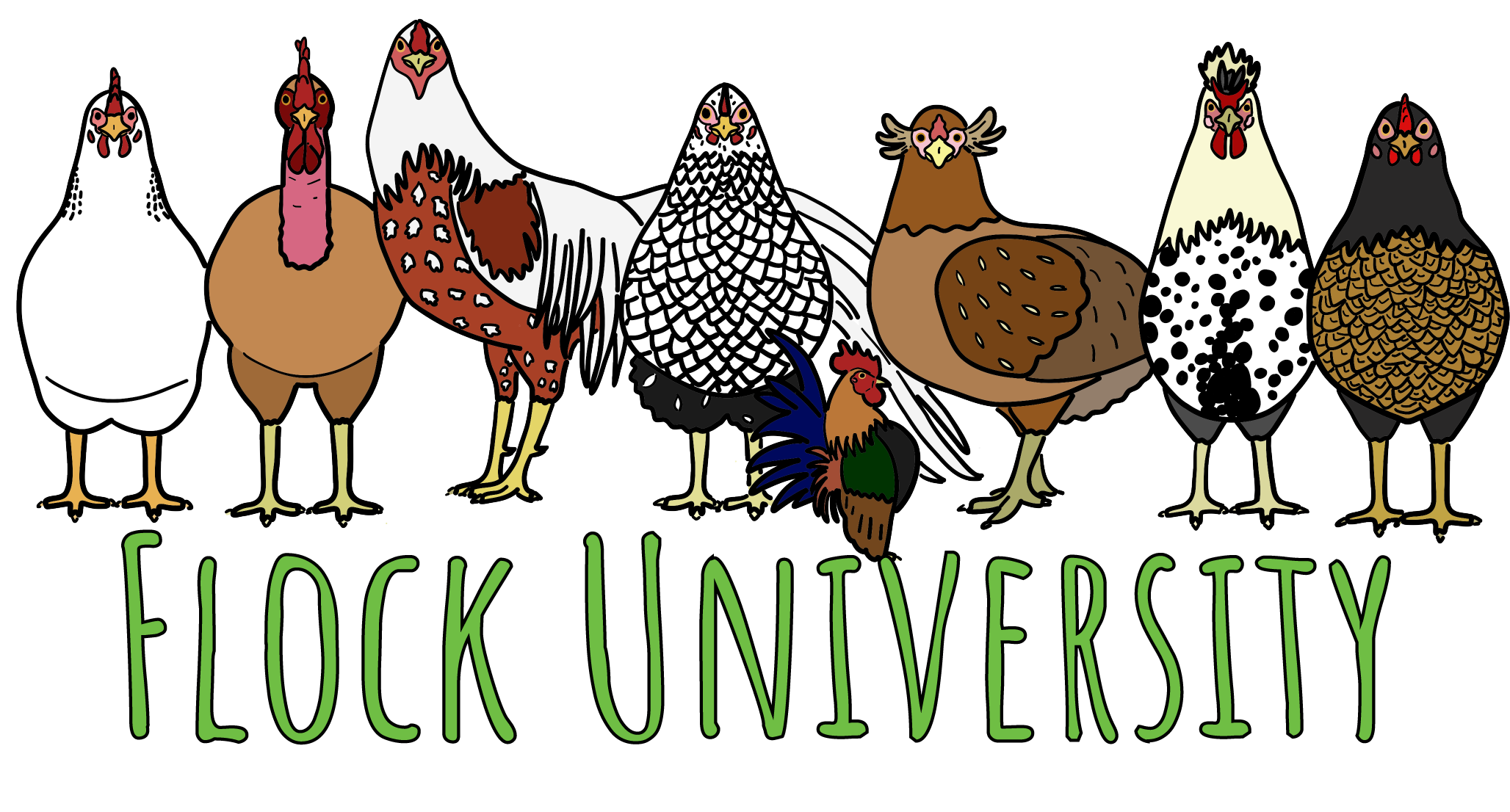If you have been in forums and socials looking and reading chicken stuff for any amount of time at all, you have certainly heard the term “heritage” when talking about breeds. This post I’m going to delve into what that means and the advantages to finding not just those breeds but quality stock of those breeds.
Grab your coffee or tea, sit down, this one is a bit long.
What is “heritage” anyways?
The term “heritage” has been tossed around, but the actual definition is a breed that has been recognized by the APA before the mid-1900’s; naturally mating; long lifespan; and slow growth rate. If you know anything about food production history, this should all make an “ah ha” moment. It was the mid-1900’s when the shift really kicked into gear into factory style farming. Broiler houses and battery houses for broiler chickens and laying hens vs open air farming.
A full list of American heritage breeds:
- Plymouth Rock
- Buckeye
- Delaware
- Wyandotte
- New Hampshire
- Dominique
- Rhode Island
- Jersey Giant
- Brahma
- Chantacler (Canadian)
- Java
- Cubalaya (Cuban)
There are, of course, many other breeds of heritage chickens; but this post is about American heritage chickens. The reason I, personally, focus on American heritage breeds is because I live in America. Seeing that this is a post on the internet, you may live somewhere else (probably English speaking since you are reading this written in English). A little research and you will find there are British, French, Italian, Dutch, Asian, and just about anywhere in the world has heritage breeds to look to getting for your backyard flock.
Birds worth saving
Many of the heritage breeds listed above are hard to find anymore. The mid-1900’s brought the “give it to me now” mindset with fast food getting faster and faster and then the rise of the internet and the instant satisfaction life we live now. These breeds come from a time where we lived in tune with the seasons and nature. We planned ahead and knew fall was chicken harvesting time and hens would go broody in the spring. A modern day broiler is butcher ready at 5-8 weeks whereas a heritage bird can be 5-7 months. A modern day broiler cannot naturally mate. I repeat – a modern day broiler cannot naturally mate. Humans have to intervein to fertilize eggs. That is about as far from nature as you can get.
There is a whole push to get back to basics and many people are moving towards what has been called “homesteading”. If this describes you, I strongly suggest you look towards heritage breeds. It is not self-sufficient to have to buy new chicks every spring. Quite the opposite, actually. You are still dependant on the system supplying your food. Isn’t that what you are trying to get away from in a homesteading lifestyle?
These birds breed true, and have had (in some cases) hundreds of years to develope resistance to many things that can take hybrids and production types out. Things like extreme temperatures, disease, and inherited issues all are less frequently an issue in heritage stock.
Why choose heritage?
What is the fuss about heritage chickens, anyways? They grow slower, right? Isn’t that a bad thing?
Heritage breeds are more disease resilient, produce longer into life, are better adapted to free ranging, and breed true. These are all things that production breeds and hybrids cannot say. Years and years of careful breeding have gone into the creation of these breeds. They have adapted to the climates they come from and between survival of the fittest and humans picking attributes like egg size or flavor, they are the total package. For a true homesteading adventure, it should be an outright requirement that they reproduce on their own.
Conservation Efforts
While really good examples of a lot of these breeds are hard to come by, searching for the really good specimens is worth it. There is a whole sub-group of chicken keepers who work solely with breeds for the conservation part of it and pride themselves greatly in their work to maintain their breed’s integrity. It is the washing down of genetics that is causing these breeds to become endangered. A hatchery barred rock is not going to be even half the size of a quality breeder stock, let alone the barred will be not nearly as impressive. It will take work on your end if you want the best that breed has to offer. Research your breed, look at what people have, study the APA’s SOP for your breed of choice(the Standard of Perfection is available from the American Poultry Association’s website and is considered the breeder’s bible), go to shows and actually lay your eyes on some birds. Some of these lines go back generations and, frankly, I find it amazing to be in the presence of well preserved lines. The birds of those type of lines are living museums. That reason alone is enough to seek those coveted birds.
The Livestock Breed Conservancy works to promote and save heritage breeds of all types and you might enjoy looking at their site before getting your next flock.
No matter what breed you choose, I hope you value quality and appreciate the years put into t. heir creation and the work put into keeping them true to their specific traits. Chickens are truly amazing adaptive animals and I am not sure humans would be the same without them coming out of the jungles thousands of years ago and into Asian villages. Each breed has a story to tell that goes hand and hand with human history. To me, they are more than just animals that feed us, they are animals that have shaped us as we have shaped them.
Stacy Tate
Which is your favorite American breed?

Leave a comment